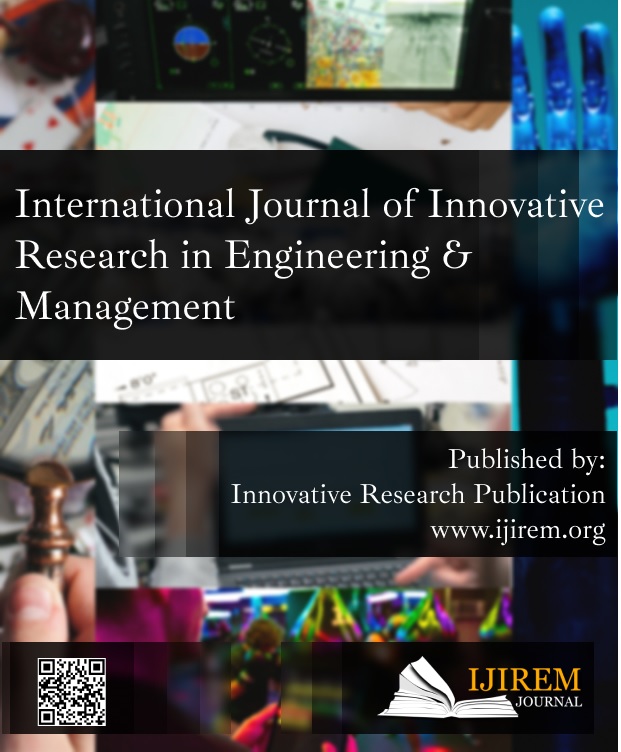Group Administration as a Tool for Knowledge Sharing
Keywords:
Employees, Information, Knowledge Sharing, Management, Value SystemsAbstract
This manuscript is a treatise on the study and analysis of entrepreneurs' future. A literature review was conducted on major current management issues, and assumptions about future development and its impact were developed based on these findings. Management will evolve in the future to accommodate a new kind of global organization that is highly adaptable to a rapidly changing external environment. Running a virtual firm differs from running a traditional organization, and it will depend heavily on communication technologies in the future, necessitating the creation of a new corporation. According to the results, the organizational culture and attitudes of senior management based on individual perspectives and management styles are negatively linked to the benefits of perceived knowledge. A review of management efforts shows that not all of them have been successful. For future research, we recommend gathering data from employees, managers, or stockbrokers and comparing the results for more accurate information. Future study may potentially use a large number of case studies to compare their impact on various companies and industries.
Downloads
References
J. P. Kotter, “Change Management vs. Change Leadership - - What’s the Difference? - Forbes,” Forbes, pp. 6–8, 2011. [2] K. Alrawi and Y. Hamdan, “Organizational culture and the creation of a dynamic environment for knowledge sharing,” Am. J. Soc. Manag. Sci., vol. 2, no. 3, pp. 258–264, 2011, doi: 10.5251/ajsms.2011.2.3.258.264.
R. L. Ackoff et al., “Business research methods,” J. Knowl. Manag., vol. 14, no. 1, pp. 1–6, 2010.
G. Hamel, “Reinventar el ’management’ : los retos para los directivos del futuro,” Harvard Deusto Bus. Rev. -, vol. 200,Abril, no. sp, pp. 26–30, 1980.
A. Goksoy, B. Ozsoy, and O. Vayvay, “Business Process Reengineering: Strategic Tool for Managing Organizational Change an Application in a Multinational Company,” Int. J. Bus. Manag., vol. 7, no. 2, 2012, doi: 10.5539/ijbm.v7n2p89.
W. D. Valdivia, “Are Moonshots Giant Leaps of Faith?,” Issues Sci. Technol., vol. 33, no. 3, pp. 51–56, 2017. [7] D. Marginson, “Value systems as a mechanism for organizational change,” J. Account. Organ. Chang., vol. 5, no. 1, pp. 7–34, 2009, doi: 10.1108/18325910910932197. [8] R. J. Ocker, H. Huang, R. Benbunan-Fich, and S. R. Hiltz, “Leadership Dynamics in Partially Distributed teams: An Exploratory Study of the Effects of Configuration and Distance,” Gr. Decis. Negot., vol. 20, no. 3, pp. 273–292, 2011, doi: 10.1007/s10726-009-9180-z.
P. Stokes and P. Harris, “Micro-moments, choice and responsibility in sustainable organizational change and transformation: The Janus dialectic,” J. Organ. Chang.
Manag., vol. 25, no. 4, pp. 595–611, 2012, doi: 10.1108/09534811211239245.
S. E., N. P., E. R., H. K., and J. S., “Revalidation in pharmacy: Role of appraisals and employer involvement,” International Journal of Pharmacy Practice. 2011.
